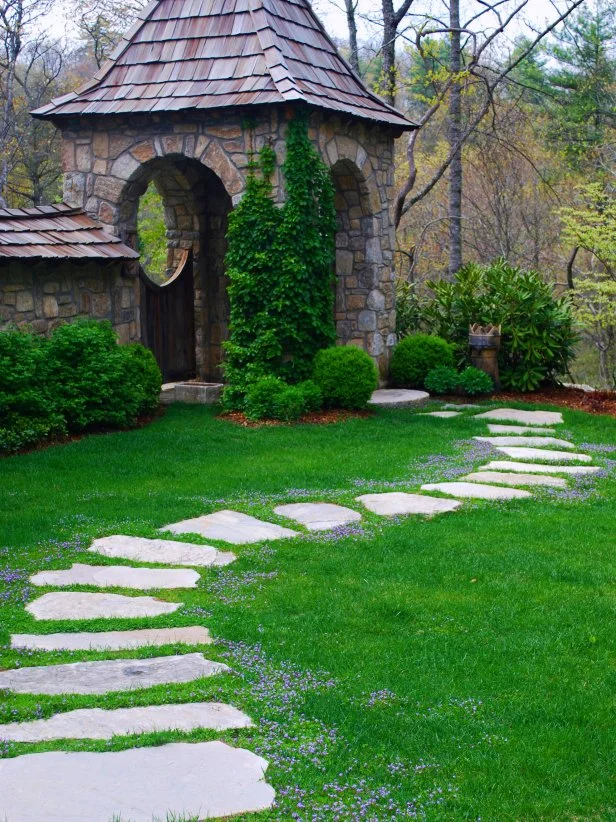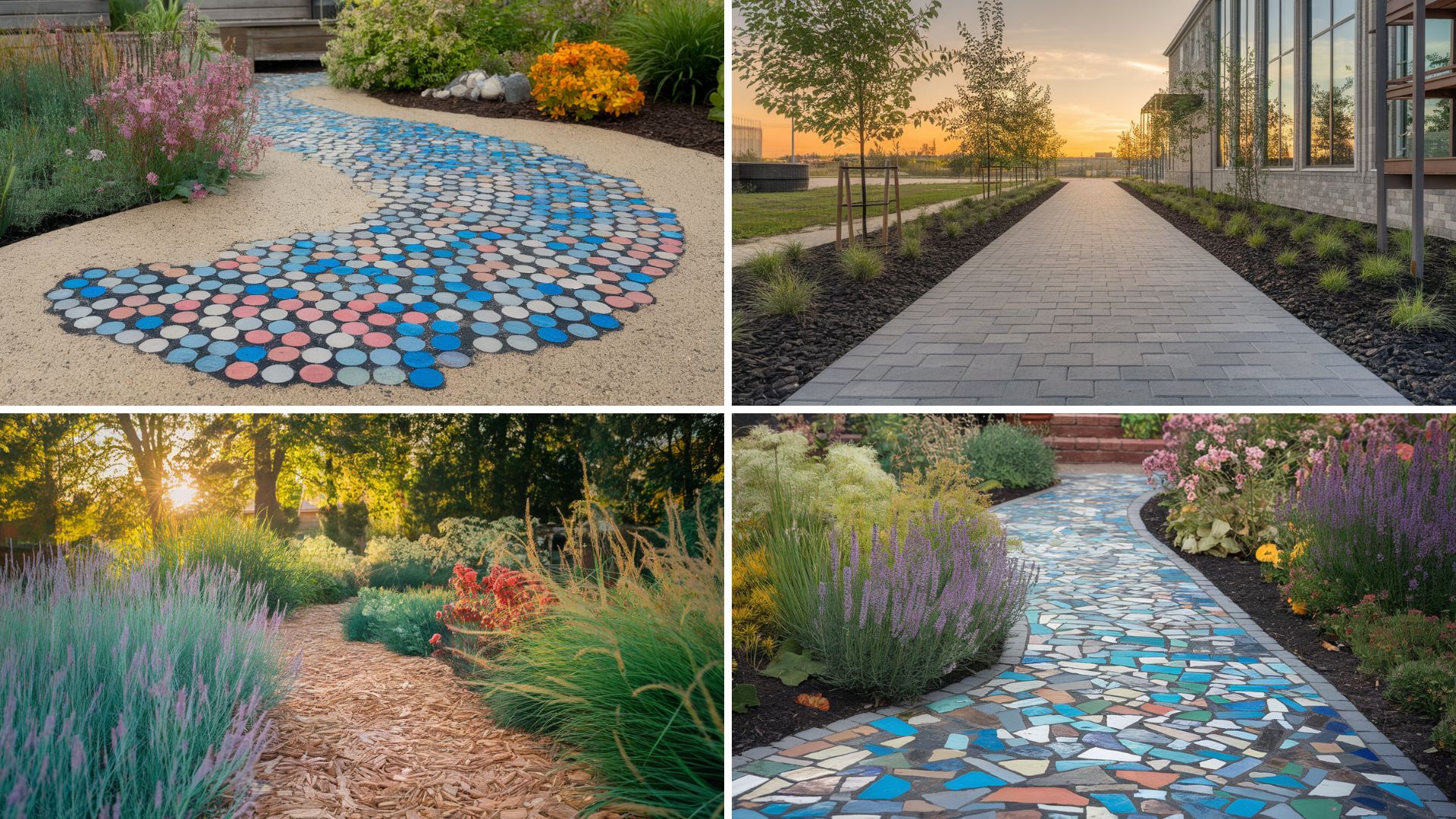Do you love your garden? Want to make it even better? Garden pathways can help. They are paths you can walk on. They make your garden look nice. You can make them yourself. It’s fun and easy.
Why Garden Pathways?
Garden pathways serve two purposes. They are practical. They are pretty. You can walk on them without stepping on plants. They guide visitors through your garden. They add charm and style.
Materials You Can Use
There are many materials for garden pathways. Each has its own look. Each has its own feel.
- Gravel: Small stones. Easy to spread. Gravel is a popular choice.
- Brick: Sturdy and classic. Bricks last a long time.
- Wood: Natural and warm. Gives a rustic feel.
- Concrete: Strong and durable. It can be smooth or stamped.
- Stepping Stones: Large, flat stones. They create a stepping pattern.
Choose what you like best. Think about the style you want. Think about the budget you have.

Credit: www.hgtv.com
How to Plan Your Pathway
Planning is important. Think about where you want the path. Decide how wide it should be. A good width is two feet. This is enough for one person. If you have space, make it wider.
Use a garden hose or rope. Lay it on the ground. This will help you see the path shape. Change it until you like it.
Steps To Build A Pathway
Building a pathway is like following a recipe. Follow these steps:
- Mark the Path: Use stakes and string. Outline the path shape.
- Dig Out the Soil: Use a shovel. Dig about 4 inches deep.
- Lay a Base: Add crushed stone or sand. Make it level.
- Place the Material: Lay bricks, stones, or wood.
- Fill Gaps: Fill spaces with sand or soil.
- Compact the Path: Walk on it or use a tool.
Take your time. Be careful. Enjoy the process.
Maintaining Your Garden Pathway
Paths need care. Keep them clean. Sweep leaves and dirt away. Pull weeds that grow between stones. Fix loose bricks or stones.
Benefits Of A Well-maintained Pathway
Paths stay nice. They last longer. They are safe to walk on. A clean path makes your garden look its best.
Design Tips for Your Pathway
Add curves to your path. Curves look natural. They add interest. Use different materials. Mix brick and gravel. This adds texture.
Add plants along the sides. Flowers and bushes add color. They make your path inviting.
Ideas For Pathway Lighting
Lighting makes paths special. Use solar lights. Place them along the edge. They light up at night. Use lanterns for a cozy feel. Lights make paths safe too.

Credit: www.pavingdirect.com
Budget-Friendly Pathway Ideas
Not everyone has a big budget. But you can still make a nice path. Use old bricks or wood. Recycle materials. Find stones in nature. These can be free.
Ask friends for help. Share tools and materials. Work together. It makes the job easier.
Simple Pathway Projects For Kids
Kids love to help. They can pick stones. They can spread gravel. They can plant flowers along the path. Let them be creative.
Inspiration from Nature
Look at nature. See how paths form in the woods. Notice how they curve. See how they blend with the land.
Use these ideas. Create a path that feels natural. A path that fits your garden.
Conclusion: Your Garden, Your Path
Your garden is special. It’s your space. A pathway adds to its beauty. It adds to its function.
Create a path that you love. Use materials you like. Follow simple steps. Keep it clean and maintained. Enjoy your garden path. It leads to new adventures.
Frequently Asked Questions
What Materials Work Best For Diy Garden Pathways?
Gravel, brick, stone, and wood are popular, durable, and easy-to-use materials for garden paths.
How Much Does A Diy Garden Pathway Typically Cost?
Costs vary but most DIY paths range from $5 to $15 per square foot.
How Long Does It Take To Build A Garden Pathway?
Small paths can take a few hours; larger ones may need a day or two.
Can I Create A Garden Pathway Without Heavy Tools?
Yes, simple tools like a shovel, rake, and level are enough for most paths.
4 min read

